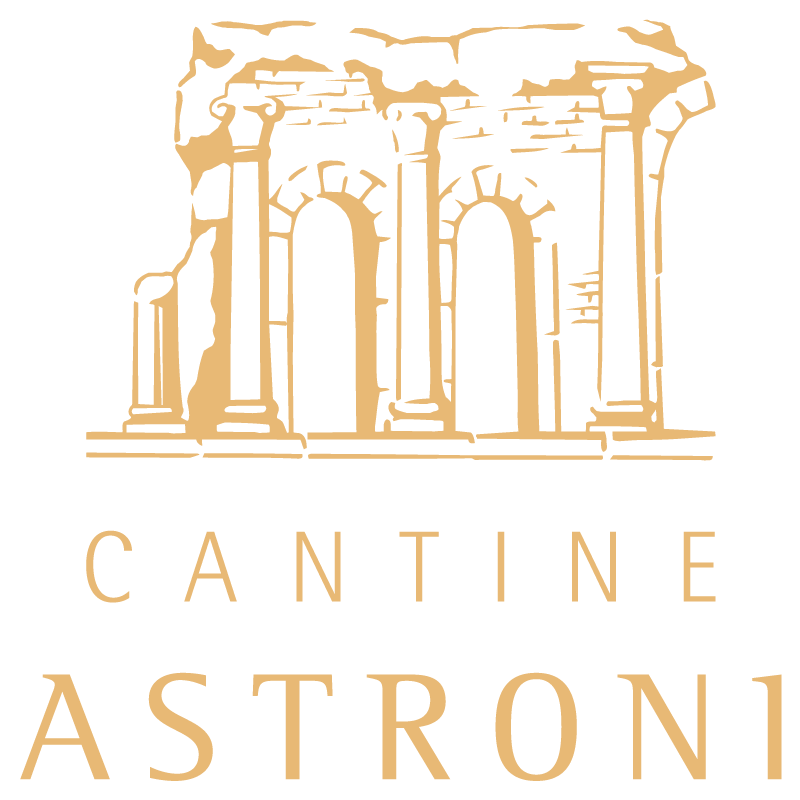Cratere Rosso
LACRYMA CHRISTI DEL VESUVIO ROSSO DOP

This wonderful corner of the world has given rise to myths and legends.
“God recognized the gulf of Naples as a strip of sky removed by Lucifer. He wept and where his divine tears fell, Lacryma Christi vines arose”
Technical product sheet
Grape variety | Piedirosso, Aglianico.
Production area | Agro Vesuviano
Soil | predominately sandy
Training system | low arbour and cordon spur system
Yield | 70-80 quintals
Harvest period | October
Harvest | manual
Winemaking
Technical prefermentation | slightly long maceration with delestage
Fermentation | 2 weeks in stainless steel
Fermentation temperature | 24° – 26° C
Refining | in stainless steel and bottle
Alcohol content | 12,5%
Organoleptic characteristics
An intense red color. The nose presents a generous complexity with evident spicy notes accompanied by fragrances of licorice, straw, and slight nuances of violet. It has a good persistence, freshness and structure in the mouth.

The Piedirosso is a native Campania vine present in the region since time immemorial and with extensions lower only than Aglianico. It is known by the dialectal name “Per’ e palummo” which describes a morphological characteristic of the rachis which sees the pedicels of the grains colored red like those of a pigeon’s foot.
The vine is very vigorous, with medium-late ripening in the first 20 days of October. Yields are average to low, but constant. It is highly concentrated in sugars with medium acidity. It has medium-large sized, pyramid-shaped and loose bunches. The grains are medium-sized, spherical, with high concentrations of bloom on the thick purplish-red skin.
The vine also thrives on calcareous soils but finds its natural environment in those of volcanic origin in Campania.

Aglianico, of Greek origin, is one of the most important red grape varieties in Campania.
It is also called the Barolo of the South for the richness and depth of its aromas and its adaptability to many types of winemaking.
It prefers soils of volcanic origin, the bunch is compact, cylindrical, with spherical berries with a very pruinose thin skin.
The color is blue and inside the pulp is well endowed with acidity and astringency. It provides excellent constant yields and good resistance to cold and disease, the most used training system is the small tree with short pruning.
